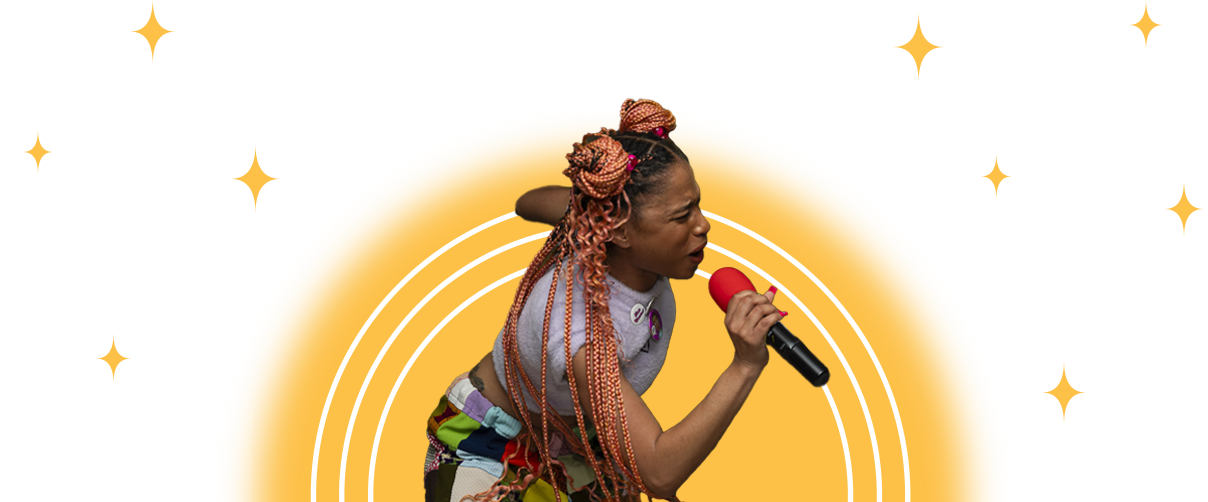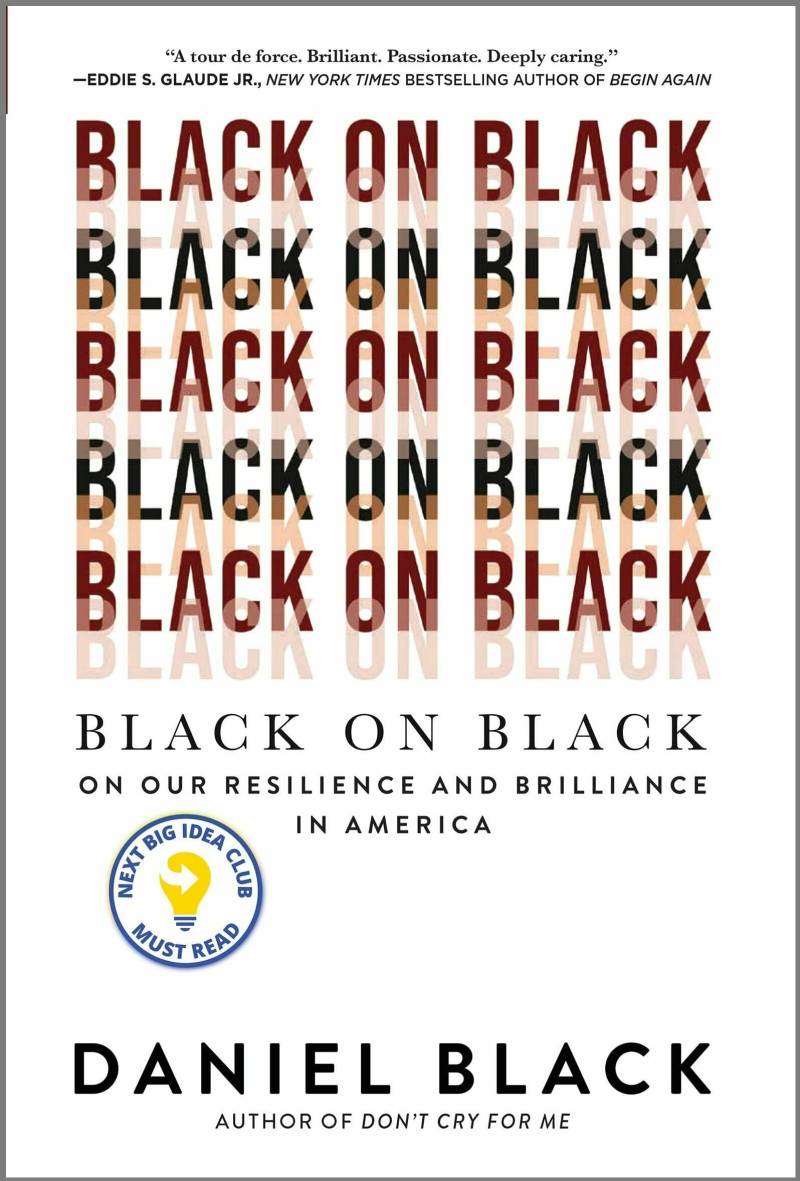Black on Black calls for an overhaul of the American criminal justice system, an overhaul of the Black church, an overhaul of the way Black people see themselves, and an overhaul of the country itself, and it does so with authority. From invitations to kiss God in the mouth to declarations about the need to “ignite conversation” about difficult topics, Black on Black never waivers, never backs down, never pulls its hard punches full of painful truths.
In an essay that presents a celebration/critique of Black churches and they way they follow the same set of believes that enslavers followed, Black mentions outstanding contemporary African American writers Kiese Laymon, Jesmyn Ward, and Jericho Brown and then states: “The black pen never fails to produce spirit-filled work that, if black people read and heed, would set them free.” Black on Black adds Black’s name to that list, and that makes it an important, relevant work of nonfiction that should be required reading in these troubled times.



9(MDAxOTAwOTE4MDEyMTkxMDAzNjczZDljZA004))

